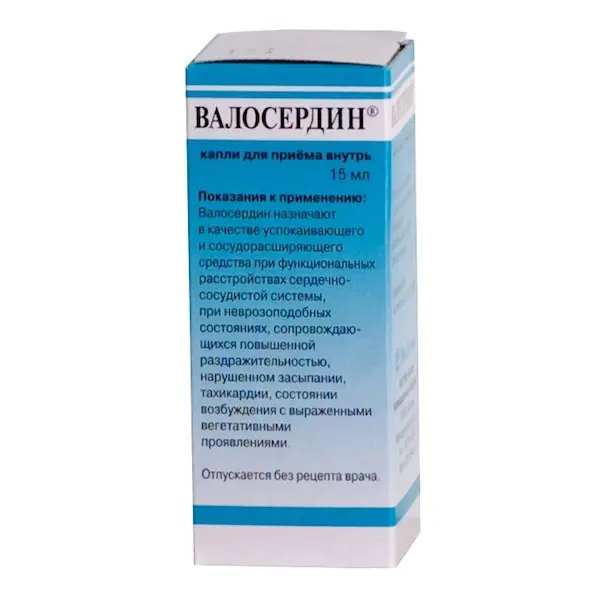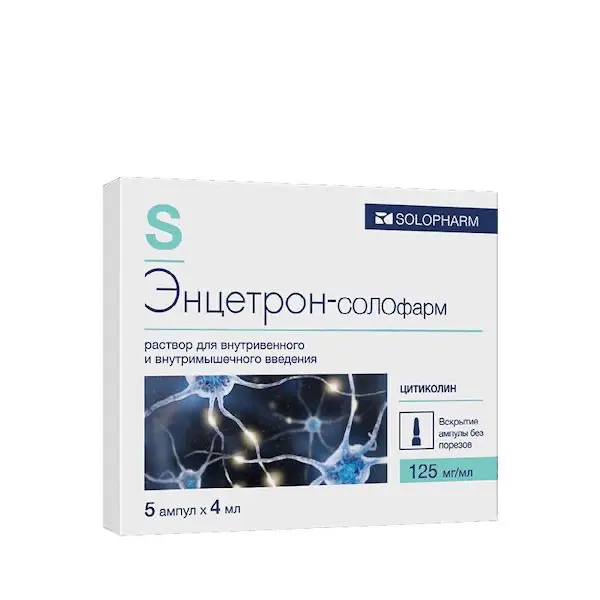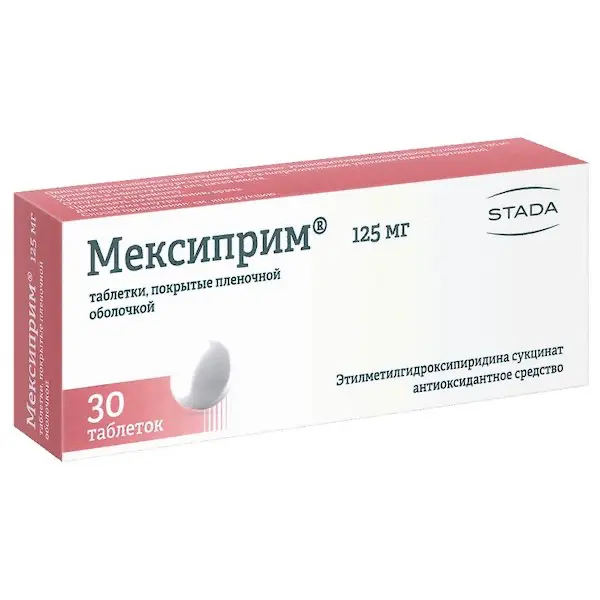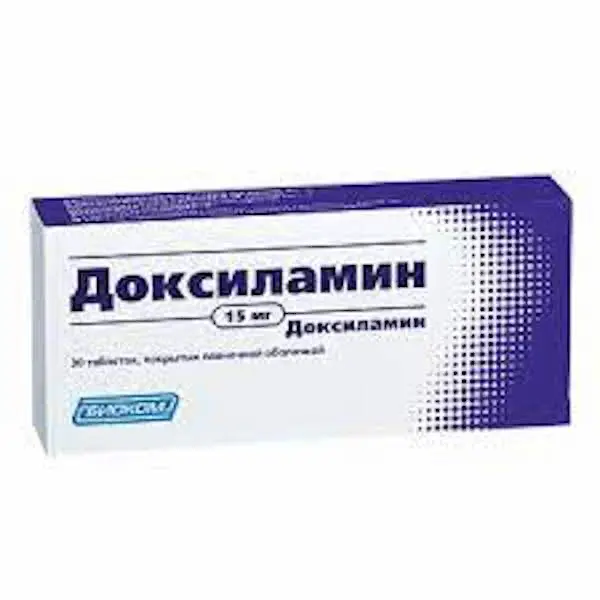Description
Thiocetam Pharmacodynamics
Thiocetam belongs to the group of cerebroactive agents, has nootropic, anti-ischemic and antioxidant properties. The pharmacological effect of the drug is caused by the mutual potentiation of thiazotag morpholine and piracetam.
Piracetam is a nootropic drug that affects the central nervous system in different ways: it modifies neurotransmission in the brain; it improves conditions that contribute to neuronal plasticity; it improves microcirculation, affecting the rheological characteristics of blood without causing vasodilation. Administration of piracetam in patients with cerebral dysfunction increases attention concentration and improves cognitive functions, which is accompanied by changes in the electroencephalogram (increased aire activity, decreased activity). Reduces the duration of evoked vestibular neuronitis.
Promotes restoration of cognitive functions due to various disorders, such as hypoxia, intoxication or electroconvulsive therapy. Piracetam inhibits increased aggregation of activated platelets and, in case of pathological erythrocyte stiffness, improves their deformability and filtration capacity.
Morfolinia thiazotate reacts with reactive oxygen species and lipid radicals due to the pronounced reducing properties of the thiol group and prevents the formation of reactive oxygen species by reactivating the antiradical enzymes: superoxide dismutase, catalase and glutathione peroxidase. Morfolinia thiazotate blocks oxidative stress both in the initial stages and in the unfolded stage. Membrane stabilizing effect is also due to the antioxidant effect of the drug, as a result of which cell membranes retain their physical and chemical properties to a greater extent: plasticity, fluidity, permeability, preservation of transmembrane potential. Morpholinium thiazotate effectively affects the energy metabolism of cells, reduces their need for oxygen, and stabilizes the cytoplasmic membrane.
Thiocetam improves integrative and cognitive activity of the brain, improves learning, eliminates amnesia, and increases short- and long-term memory indicators.
Indications
In combination therapy: in chronic cerebral ischemia, in the recovery period of ischemic stroke (including in patients with non-dietary cognitive impairment), in diabetic encephalopathy.
Contraindications
– Hypersensitivity to piracetam, pyrrolidone derivatives or morpholinium thiazotate, as well as to the other components of the drug;
– Huntington’s chorea;
– acute impairment of cerebral circulation (hemorrhagic stroke);
– severe chronic renal failure (creatinine clearance less than 20 ml/min); acute renal failure.
– psychomotor agitation at the time of prescribing the drug;
– children under 18 years of age;
– Pregnancy and breast-feeding.
Caution: chronic renal insufficiency (creatinine clearance 20-80 ml/min); in hemostasis disorders, conditions that may be accompanied by bleeding (gastrointestinal ulcers); extensive surgical interventions (including dental); severe bleeding;
hemorrhagic stroke (in anamnesis). When concomitant use with anticoagulants, antiplatelet antiaggregants (including acetylsalicylic acid). Caution should be exercised when using the drug in elderly persons with cardiovascular pathology due to the fact that adverse reactions are more often reported in this group of patients.
Administration during pregnancy and breast feeding period Pregnancy
Sufficient data on the use of piracetam during pregnancy are not available. Animal studies have shown no direct or indirect effects on pregnancy, embryo/fetal development, labor, or postnatal development.
Piracetam penetrates the placental barrier. Plasma concentrations of piracetam in the newborn reach 70-90% of that in the mother.
There is no experience in using Thiocetam during pregnancy and therefore the drug should not be administered to this category of women.
Breast feeding
Thyrocetam passes into the breast milk. If it is necessary to use Thiocetam during lactation, discontinue breast-feeding for the period of treatment.
Dosage and administration.
- Inside, 30 minutes before a meal.
- In chronic cerebral circulatory disorders and in the recovery period after ischemic stroke 2 tablets 3 times a day for 25-30 days. The course of treatment may be extended up to 3-4 months.
- For treatment of diabetic encephalopathy it is prescribed 2 tablets 3 times a day for 45 days.
- The last dose is taken no later than 5 p.m. (to prevent sleep disturbances).





